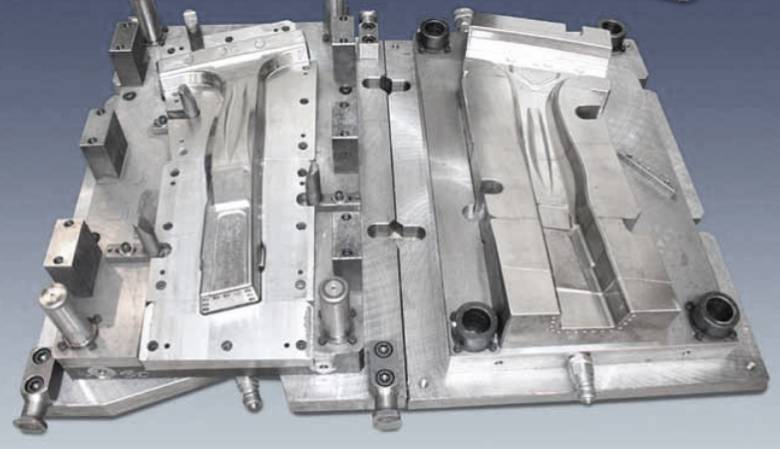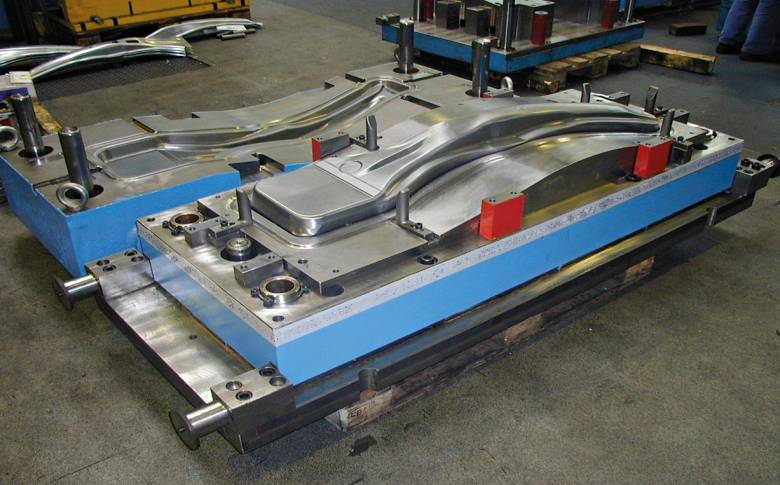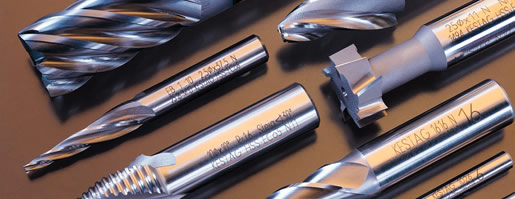Hot-work tool steels are tool steels used for the shaping of metals at elevated temperatures. Their principal areas of application include pressure die casting moulds, extrusion press tools for processing light alloys, and bosses and hammers for forging machines. The stresses encountered here are cyclical, often with abrupt temperature changes and recurring mechanical stresses at high temperatures. Hot-work steels must constantly endure tool temperatures above 200°C during use.

Hot stamping die for automotive B-pillar component
To achieve optimum performance, hot-work tool steels require the following properties:
- Good tempering properties
- Sufficient thermal stability
- High hot toughness
- High resistance to wear at elevated temperatures
- Good thermal fatigue resistance
Cycle times applied in plastic injection moulding, pressure die casting or press hardening (hot stamping) can be reduced considerably by increasing the tool steel’s thermal conductivity, which significantly raises productivity. Heat conductivity is influenced by several material parameters such as microstructure, defects, and alloying elements.
Armco iron is nearly pure iron with a low defect density and high heat conductivity in the order of 70-80 W/mK. Compared to Armco iron, traditional hot-work steel such as H13 (1.2344) has much lower heat conductivity in the range of only 20-30 W/mK. This reduced thermal conductivity is due to high lattice distortion and defect density of the (tempered) martensitic microstructure as well as to a substantial content of alloying elements. All these characteristics interact with phonons, electrons, and magnons as the “vehicles” of heat transport.
Since all hot-work steels have a defect-rich martensitic microstructure, the difference in optimizing heat conductivity lies in the alloying composition. When in solid solution, alloying elements can cause local lattice distortion (size misfit vs. iron), modify the electronic structure, and/or have influence on magnetism. Generally, heat conductivity is reduced as the alloy content increases. Looking at individual elements in a solute state, nickel, chromium, and silicon were found to negatively influence heat conductivity. The effects of vanadium and molybdenum appear less detrimental. After tempering, the amount of solute vanadium, chromium, and molybdenum decrease by carbide precipitation, which diminishes their negative effect on heat conductivity.
Development of a hot stamping die steel (1% molybdenum, 0.2% vanadium, 0.04% niobium) effect of altering alloy composition (reduced silicon, chromium, nickel) and key resulting properties (arrows).




